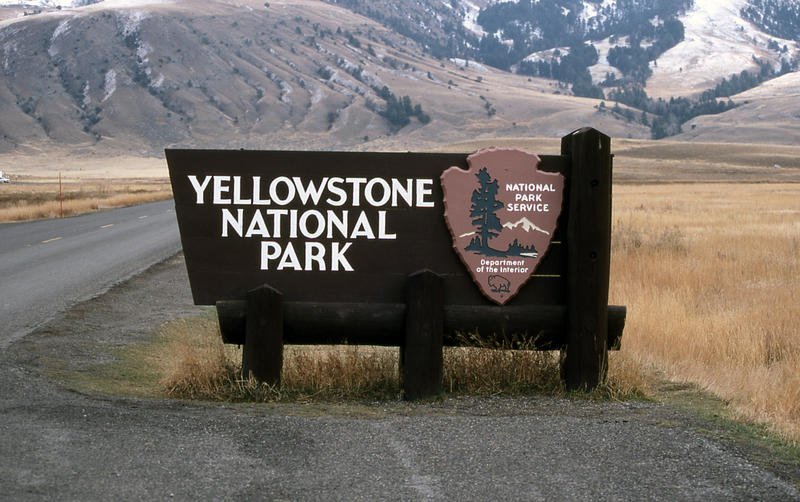20
years ago, 41 wild Rocky Mountain Wolves were released in Yellowstone
National Park in a reintroduction effort. Dan MacNulty, a professor of
wildland resources at Utah State University is studying the relationship
between wolves and elk in the Park.
“What
we really want to know is the extent to which wolves are an important
driver in elk population dynamics,” MacNulty said. “We know that they’re
a driver. The question is, how much of a driver are they and does the
strength of that effect very from one year to the next.”
MacNulty has studied the survival and reproduction rates of adult female elk to see the effect the wolves have on the population of the elk. According to MacNulty, some elk statistics haven’t changed since the wolf reintroduction.
“We’re getting a lot of insights on what the impact of wolves is on adult female elk survival and on their reproduction, pregnancy rates, as well as the survival rates of their calves over the winter,” MacNulty said. “One of the results that I think did surprise me to some degree, is that the average age of an adult female elk killed by wolves has changed very little in the 20 years that we’ve had wolves in Yellowstone.”
MacNulty said the number of wolves in the park is on the rise, but their future is still uncertain.
“What’s happened with the trajectory of the wolf population, it peaked about ten years ago and then it declined. In the last year or two it’s sort of pulled out of its decline,” MacNulty said. “Stay tuned to see what happens next. We don’t know if it’s not going to change again, or is it going to continue to increase or decrease again.”
MacNulty’s research could contribute to future predator management decisions in Yellowstone National Park and worldwide.
source
MacNulty has studied the survival and reproduction rates of adult female elk to see the effect the wolves have on the population of the elk. According to MacNulty, some elk statistics haven’t changed since the wolf reintroduction.
“We’re getting a lot of insights on what the impact of wolves is on adult female elk survival and on their reproduction, pregnancy rates, as well as the survival rates of their calves over the winter,” MacNulty said. “One of the results that I think did surprise me to some degree, is that the average age of an adult female elk killed by wolves has changed very little in the 20 years that we’ve had wolves in Yellowstone.”
MacNulty said the number of wolves in the park is on the rise, but their future is still uncertain.
“What’s happened with the trajectory of the wolf population, it peaked about ten years ago and then it declined. In the last year or two it’s sort of pulled out of its decline,” MacNulty said. “Stay tuned to see what happens next. We don’t know if it’s not going to change again, or is it going to continue to increase or decrease again.”
MacNulty’s research could contribute to future predator management decisions in Yellowstone National Park and worldwide.
source



No comments:
Post a Comment